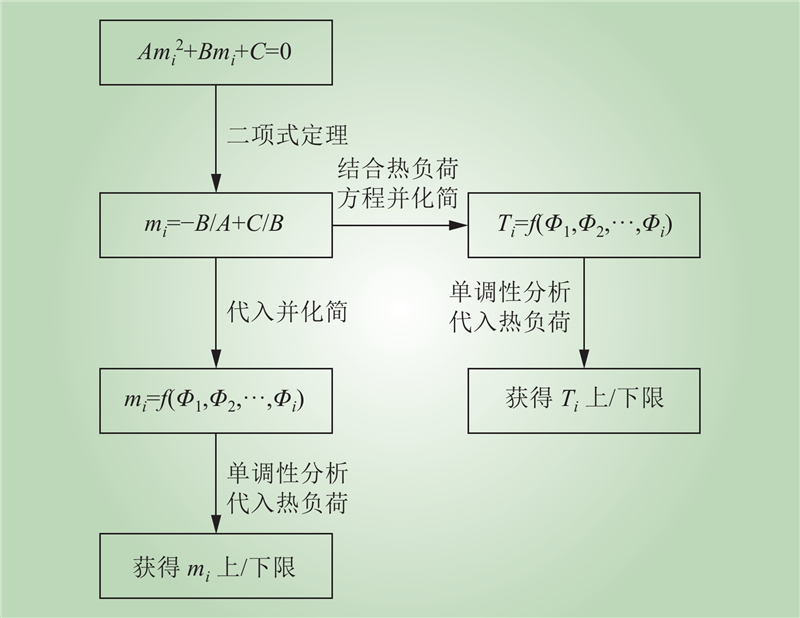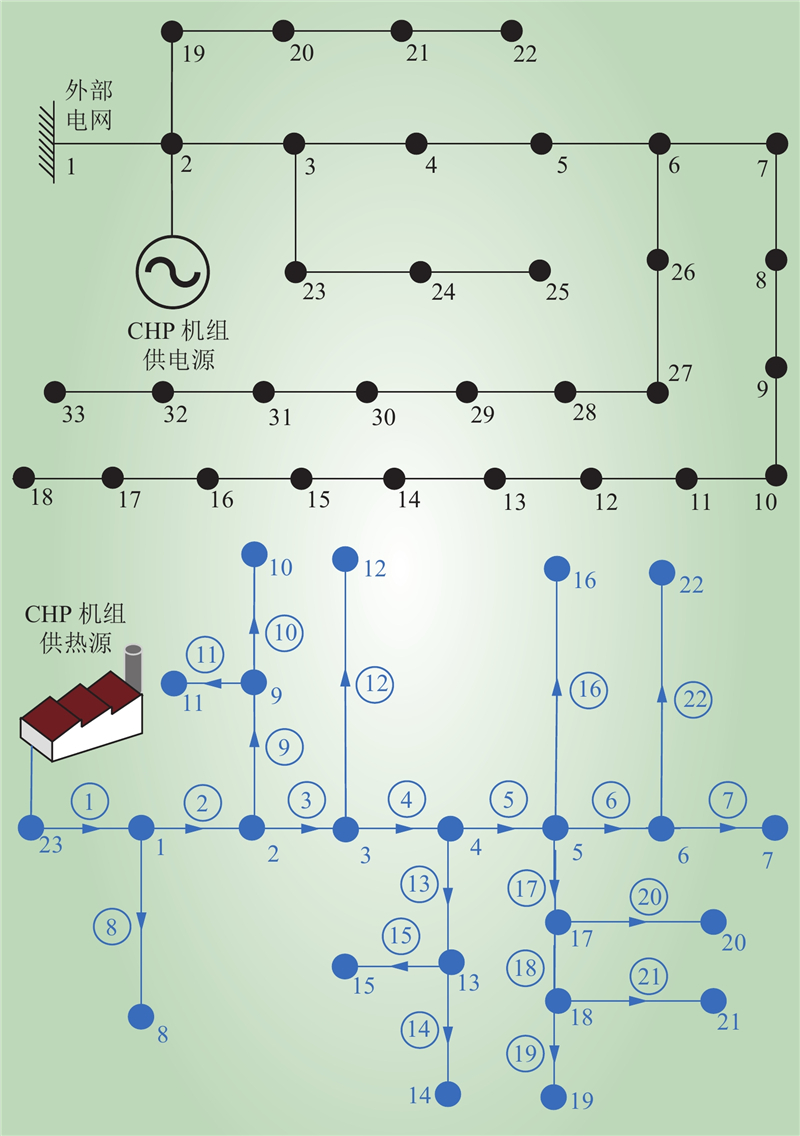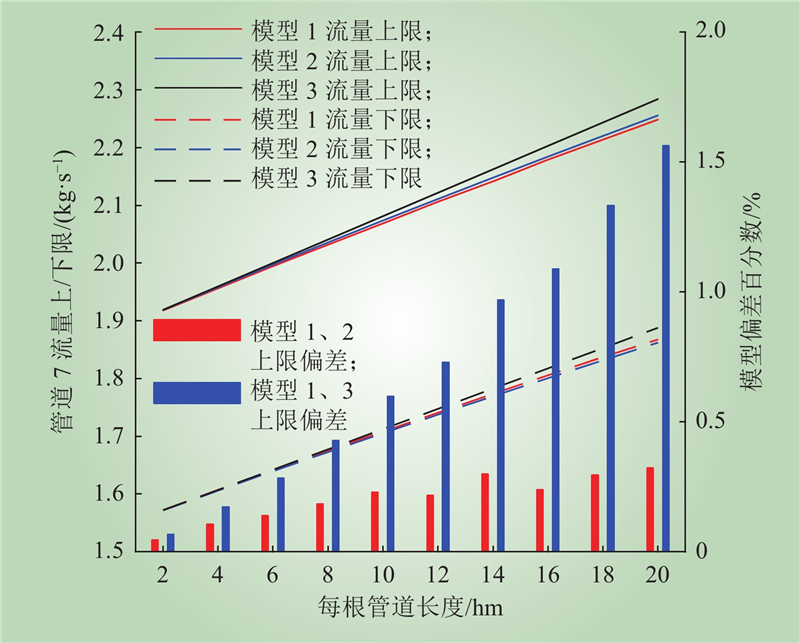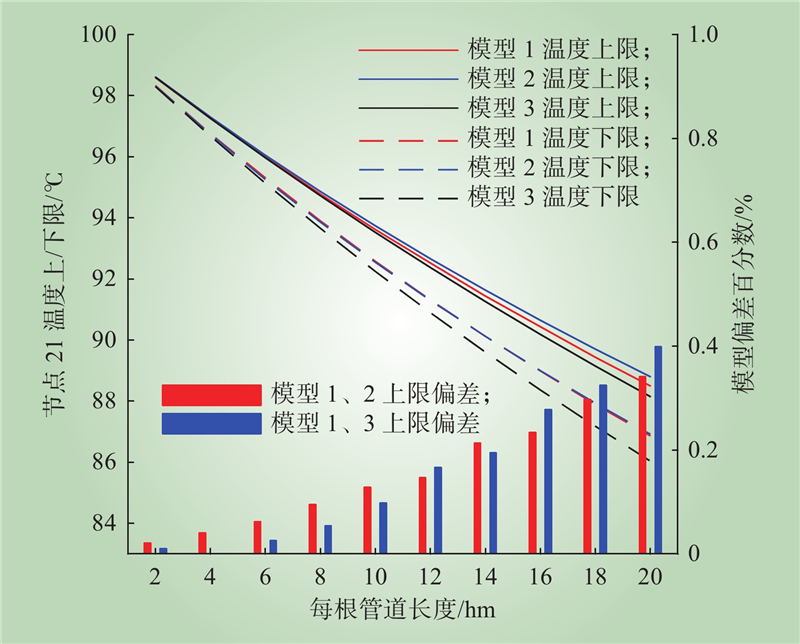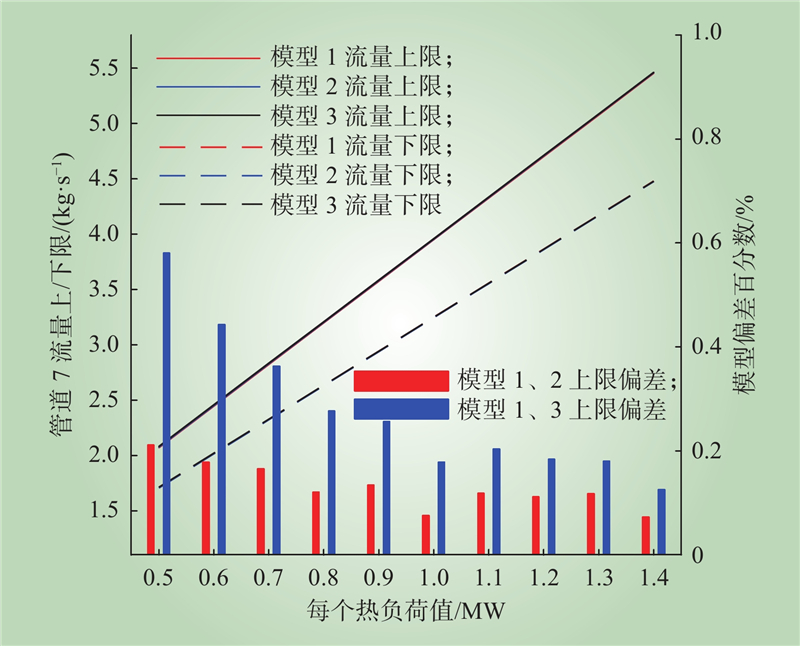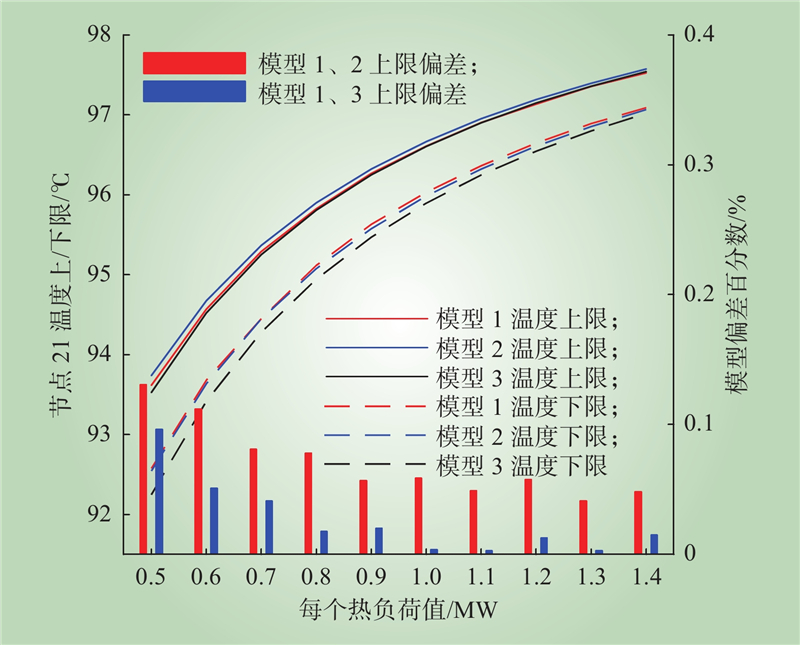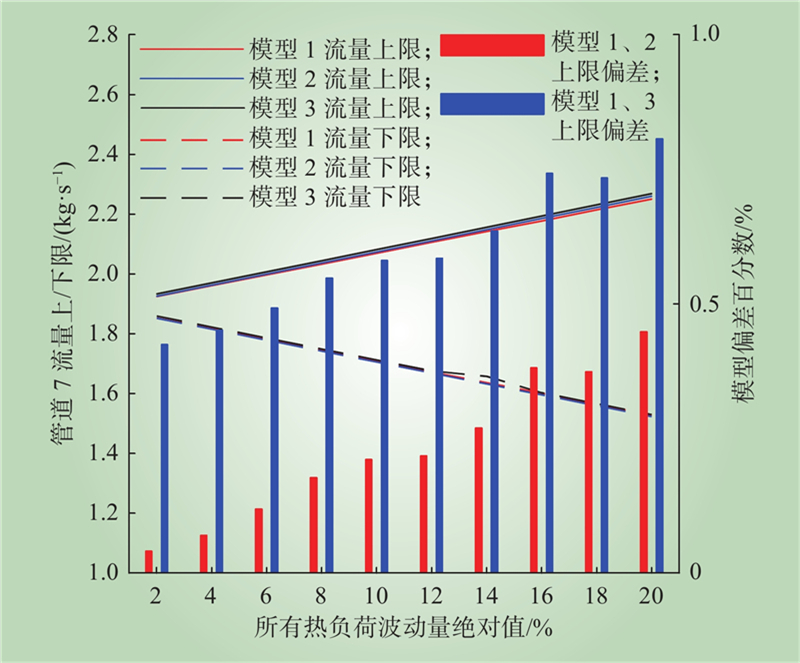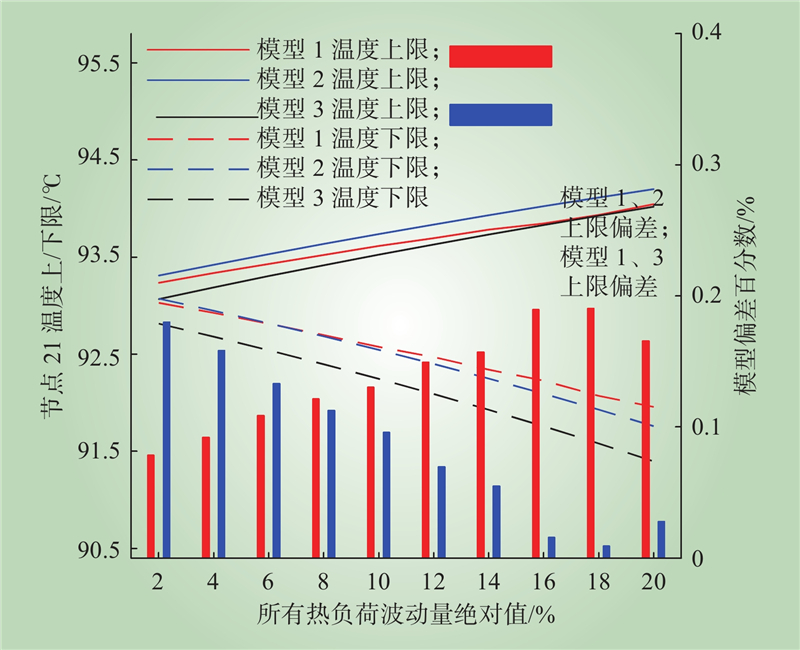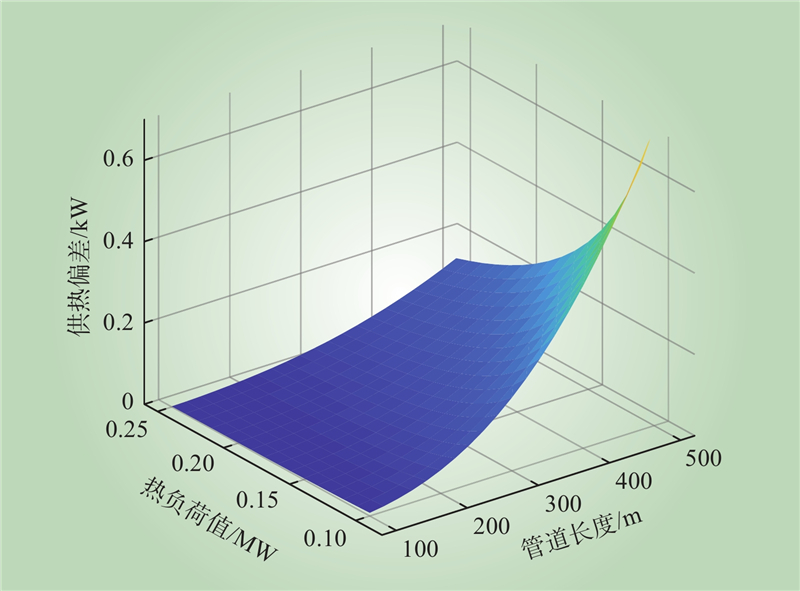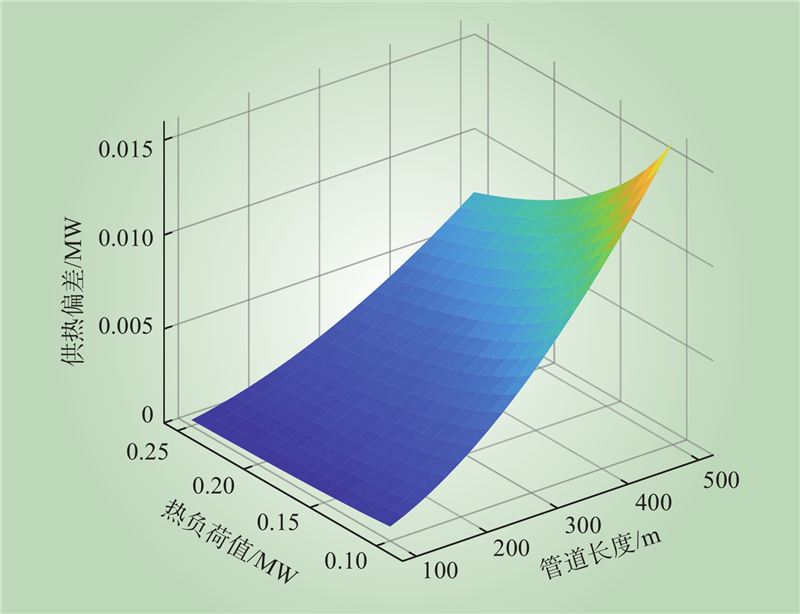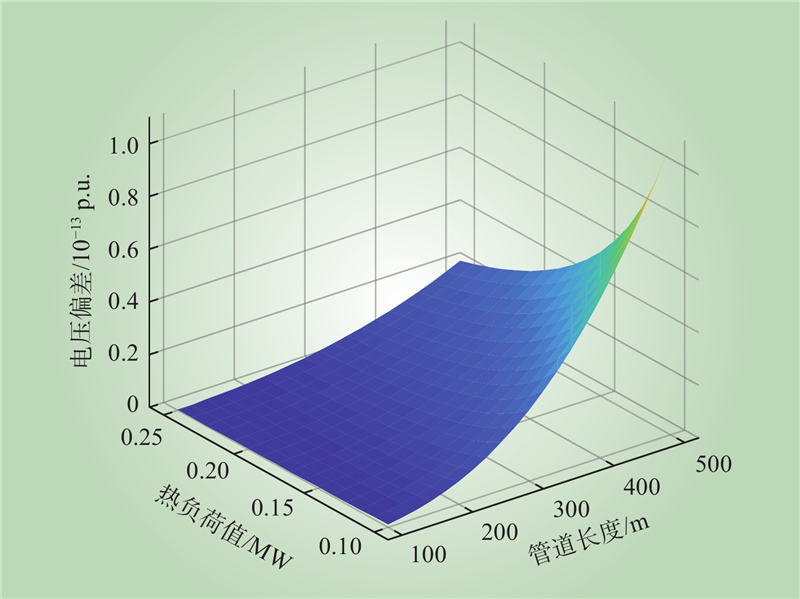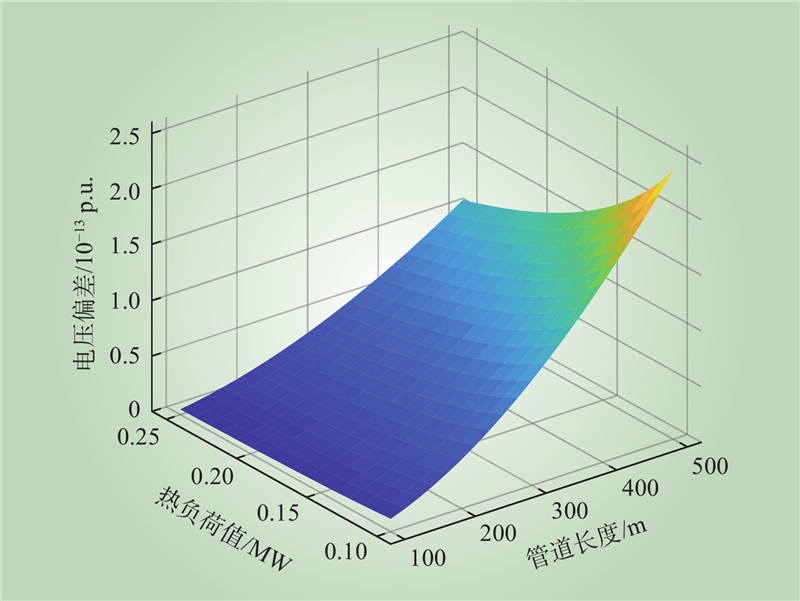| 1 |
SHABANPOUR-HAGHIGHI A, SEIFI A R. An integrated steady-state operation assessment of electrical, natural gas, and district heating networks[J]. IEEE Transactions on Power Systems, 2016, 31 (5): 3636- 3647.
DOI
|
| 2 |
MASSRUR H R, NIKNAM T, AGHAEI J, et al. Fast decomposed energy flow in large-scale integrated electricity-gas-heat energy systems[J]. IEEE Transactions on Sustainable Energy, 2018, 9 (4): 1565- 1577.
DOI
|
| 3 |
MAGDY G, MOHAMED E A, SHABIB G, et al. Microgrid dynamic security considering high penetration of renewable energy[J]. Protection and Control of Modern Power Systems, 2018, 3 (3): 1- 11.
|
| 4 |
王伟亮, 王丹, 贾宏杰, 等. 能源互联网背景下的典型区域综合能源系统稳态分析研究综述[J]. 中国电机工程学报, 2016, 36 (12): 3292- 3305.
|
|
WANG Weiliang, WANG Dan, JIA Hongjie, et al. Review of steady-state analysis of typical regional integrated energy system under the background of energy Internet[J]. Proceedings of the CSEE, 2016, 36 (12): 3292- 3305.
|
| 5 |
LIU X Z. Combined analysis of electricity and heat networks[D]. Cardiff, Wales, UK: Cardiff University, 2013.
|
| 6 |
LIU X Z, WU J Z, JENKINS N, et al. Combined analysis of electricity and heat networks[J]. Applied Energy, 2016, 162, 1238- 1250.
DOI
|
| 7 |
刘述欣, 戴赛, 胡林献, 等. 计及回水管网热损失的电热联合系统潮流模型及算法[J]. 电力系统自动化, 2018, 42 (4): 77- 81.
DOI
|
|
LIU Shuxin, DAI Sai, HU Linxian, et al. Power flow model and algorithm of combined power and heat system considering heat loss in return pipe network[J]. Automation of Electric Power Systems, 2018, 42 (4): 77- 81.
DOI
|
| 8 |
顾伟, 陆帅, 王珺, 等. 多区域综合能源系统热网建模及系统运行优化[J]. 中国电机工程学报, 2017, 37 (5): 1305- 1316.
|
|
GU Wei, LU Shuai, WANG Jun, et al. Modeling of the heating network for multi-district integrated energy system and its operation optimization[J]. Proceedings of the CSEE, 2017, 37 (5): 1305- 1316.
|
| 9 |
王英瑞, 曾博, 郭经, 等. 电–热–气综合能源系统多能流计算方法[J]. 电网技术, 2016, 40 (10): 2942- 2951.
|
|
WANG Yingrui, ZENG Bo, GUO Jing, et al. Multi-energy flow calculation method for integrated energy system containing electricity, heat and gas[J]. Power System Technology, 2016, 40 (10): 2942- 2951.
|
| 10 |
徐宪东, 贾宏杰, 靳小龙, 等. 区域综合能源系统电/气/热混合潮流算法研究[J]. 中国电机工程学报, 2015, 35 (14): 3634- 3642.
|
|
XU Xiandong, JIA Hongjie, JIN Xiaolong, et al. Study on hybrid heat-gas-power flow algorithm for integrated community energy system[J]. Proceedings of the CSEE, 2015, 35 (14): 3634- 3642.
|
| 11 |
CHEN Y B, ZHAO J Y, MA J. Fast decoupled multi-energy flow calculation for integrated energy system[J]. Journal of Modern Power Systems and Clean Energy, 2020, 8 (5): 951- 960.
DOI
|
| 12 |
陈彬彬, 孙宏斌, 尹冠雄, 等. 综合能源系统分析的统一能路理论(二): 水路与热路[J]. 中国电机工程学报, 2020, 40 (7): 2133- 2142, 2393.
|
|
CHEN Binbin, SUN Hongbin, YIN Guanxiong, et al. Energy circuit theory of integrated energy system analysis(II): hydraulic circuit and thermal circuit[J]. Proceedings of the CSEE, 2020, 40 (7): 2133- 2142, 2393.
|
| 13 |
陈彬彬, 孙宏斌, 吴文传, 等. 综合能源系统分析的统一能路理论(三): 稳态与动态潮流计算[J]. 中国电机工程学报, 2020, 40 (15): 4820- 4831.
|
|
CHEN Binbin, SUN Hongbin, WU Wenchuan, et al. Energy circuit theory of integrated energy system analysis(Ⅲ): steady and dynamic energy flow calculation[J]. Proceedings of the CSEE, 2020, 40 (15): 4820- 4831.
|
| 14 |
胡枭, 尚策, 程浩忠, 等. 综合能源系统能流计算方法述评与展望[J]. 电力系统自动化, 2020, 44 (18): 179- 191.
|
|
HU Xiao, SHANG Ce, CHENG Haozhong, et al. Review and prospect of calculation method for energy flow in integrated energy system[J]. Automation of Electric Power Systems, 2020, 44 (18): 179- 191.
|
| 15 |
卢炳文, 魏震波, 魏平桉, 等. 考虑多重区间不确定性的用户侧综合能源系统双层优化配置[J]. 中国电力, 2022, 55 (3): 193- 202.
|
|
LU Bingwen, WEI Zhenbo, WEI Pingan, et al. Two-level optimal configuration of user-side integrated energy system considering interval uncertainties[J]. Electric Power, 2022, 55 (3): 193- 202.
|
| 16 |
郭祚刚, 徐敏, 于浩, 等. 考虑多重不确定性的园区综合能源系统区间优化调度[J]. 中国电力, 2022, 55 (11): 121- 128, 141.
|
|
GUO Zuogang, XU Min, YU Hao, et al. Interval optimal dispatching of community integrated energy system considering multiple uncertainties[J]. Electric Power, 2022, 55 (11): 121- 128, 141.
|
| 17 |
伍惠铖, 王淳, 刘宽, 等. 电-热综合能源系统能流的区间计算算法[J]. 电网技术, 2019, 43 (1): 91- 99.
|
|
WU Huicheng, WANG Chun, LIU Kuan, et al. An interval energy flow calculation method for integrated electro-thermal energy system[J]. Power System Technology, 2019, 43 (1): 91- 99.
|
| 18 |
王文学, 胡伟, 孙国强, 等. 电-热互联综合能源系统区间潮流计算方法[J]. 电网技术, 2019, 43 (1): 83- 95.
|
|
WANG Wenxue, HU Wei, SUN Guoqiang, et al. Interval energy flow calculation method of integrated electro-thermal system[J]. Power System Technology, 2019, 43 (1): 83- 95.
|
| 19 |
张涛, 刘伉, 陶然, 等. 计及热媒流率和热损耗不确定性的综合能源系统优化调度[J]. 中国电力, 2023, 56 (4): 146- 155.
|
|
ZHANG Tao, LIU Kang, TAO Ran, et al. Optimal scheduling of integrated energy system considering uncertainty of heat medium flow rate and heating network loss[J]. Electric Power, 2023, 56 (4): 146- 155.
|
| 20 |
陈胜, 卫志农, 孙国强, 等. 电-气混联综合能源系统概率能量流分析[J]. 中国电机工程学报, 2015, 35 (24): 6331- 6340.
|
|
CHEN Sheng, WEI Zhinong, SUN Guoqiang, et al. Probabilistic energy flow analysis in integrated electricity and natural-gas energy systems[J]. Proceedings of the CSEE, 2015, 35 (24): 6331- 6340.
|
| 21 |
韩佶, 苗世洪, 李超, 等. 计及相关性的电-气-热综合能源系统概率最优能量流[J]. 电工技术学报, 2019, 34 (5): 1055- 1067.
|
|
HAN Ji, MIAO Shihong, LI Chao, et al. Probabilistic optimal energy flow of electricity-gas-heat integrated energy system considering correlation[J]. Transactions of China Electrotechnical Society, 2019, 34 (5): 1055- 1067.
|
| 22 |
李红, 王文学, 伏祥运, 等. 基于解析法的电-热互联综合能源系统概率潮流计算[J]. 电力工程技术, 2021, 40 (5): 151- 157.
|
|
LI Hong, WANG Wenxue, FU Xiangyun, et al. Probability power flow calculation for electric-thermal interconnected integrated energy system based on analytical method[J]. Electric Power Engineering Technology, 2021, 40 (5): 151- 157.
|
| 23 |
孙国强, 王文学, 吴奕, 等. 辐射型电–热互联综合能源系统快速潮流计算方法[J]. 中国电机工程学报, 2020, 40 (13): 4131- 4142.
|
|
SUN Guoqiang, WANG Wenxue, WU Yi, et al. Fast power flow calculation method for radiant electric-thermal interconnected integrated energy system[J]. Proceedings of the CSEE, 2020, 40 (13): 4131- 4142.
|
| 24 |
张敏, 王金浩, 常潇, 等. 考虑可再生能源不确定性的热-电耦合微能源系统多目标鲁棒规划方法[J]. 中国电力, 2021, 54 (4): 119- 129, 140.
|
|
ZHANG Min, WANG Jinhao, CHANG Xiao, et al. A multi-objective robust planning method for thermal-electrical coupling micro-energy system considering the uncertainty of renewable energy[J]. Electric Power, 2021, 54 (4): 119- 129, 140.
|
| 25 |
罗金满, 赵善龙, 封祐钧, 等. 考虑综合需求响应不确定性的电-气综合能源系统优化运行[J]. 中国电力, 2020, 53 (12): 119- 126.
|
|
LUO Jinman, ZHAO Shanlong, FENG Youjun, et al. Optimal operation of integrated electricity-gas system considering uncertainty of integrated demand response[J]. Electric Power, 2020, 53 (12): 119- 126.
|


